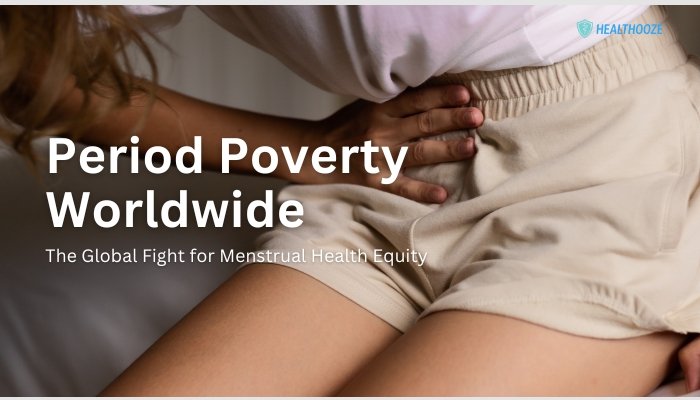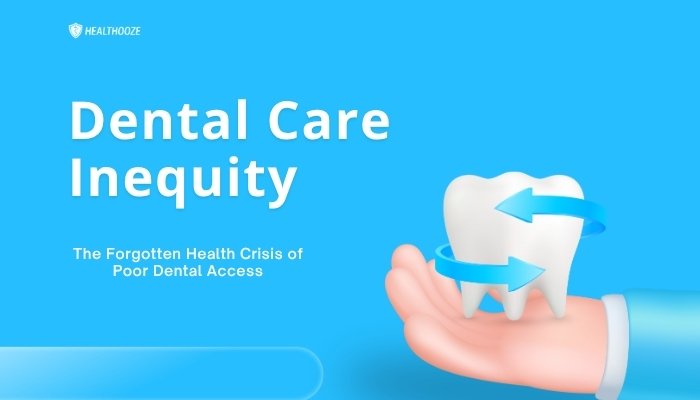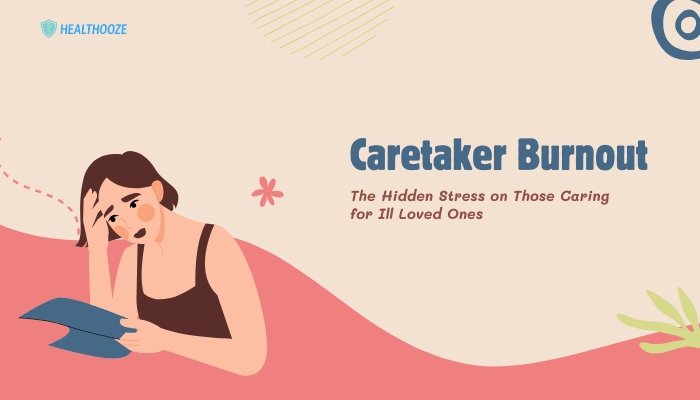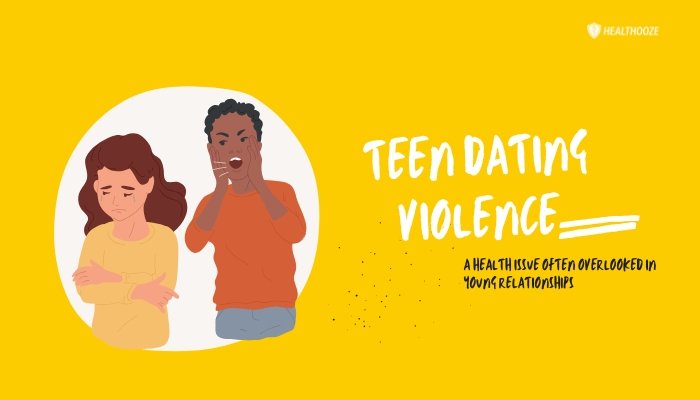Introduction
For countless women and girls, menstruation isn’t simply a monthly biological event—it’s also a source of financial and logistical strain, known as period poverty. Many face inadequate access to sanitary products, facilities, or education, resulting in missed school days, shame, or the risk of infections due to makeshift solutions.
Though the global conversation on women’s health has grown, stigma and economic barriers continue to hamper menstrual equity, particularly in low-resource communities. This article explores the scope of period poverty worldwide, its repercussions, and the innovative campaigns striving to ensure that no one is hindered by their period.
Understanding Period Poverty
Defining the Concept
Period poverty refers to the inability to purchase or access safe menstrual products—pads, tampons, cups—and the related hygiene infrastructure. It encompasses more than just the cost of supplies: it involves lack of clean water, private spaces, supportive attitudes, and appropriate health information. While it predominantly affects marginalized or low-income populations, period poverty can arise anywhere finances are tight or discussions about menstruation remain taboo.
Who’s Affected?
- Low-Income Households: Families choosing between essentials—like food or electricity—and sanitary pads often forgo the latter.
- Students: Girls missing classes during menstruation, or improvising with rags, socks, or newspapers, compromising comfort and dignity.
- Humanitarian Crises: In refugee camps or conflict zones, distribution of menstrual products may lag behind other aid priorities.
- Homeless Women and Girls: Securing hygiene items can be a constant struggle, as money and donation supply fluctuate.
Barriers Driving the Crisis
High Costs and Taxes
In many nations, menstrual products are treated as “luxury goods” subject to sales tax (commonly called the “pink tax”). For those living on the brink, these added expenses can render sanitary products financially out of reach.
Cultural Taboos and Stigma
Negative beliefs labeling menstruation as “impure” or “shameful” hinder open discussions. Girls in some communities learn to hide periods at all costs, inhibiting them from requesting money for pads or voicing the need for better sanitation facilities.
Lack of Infrastructure
Clean, private toilets or disposal methods remain scarce in numerous schools or workplaces. Without these, many feel forced to remain at home while menstruating. Rural areas and informal settlements often lack consistent water supplies, complicating personal hygiene.
Consequences of Period Poverty
Educational Disruption
A significant proportion of adolescent girls skip days or drop out altogether due to the embarrassment of staining or lacking proper supplies. This perpetuates educational inequality and undermines future economic opportunities.
Health Complications
Improvised sanitary methods—like using unsanitary cloth or leaves—can trigger infections or irritations. Leaving a product in too long can also increase the risk of urinary tract infections or toxic shock syndrome.
Mental and Emotional Toll
Shame and secrecy around menstruation can erode self-esteem. Some girls feel compelled to isolate themselves, missing social or extracurricular activities, reinforcing the stigma that periods are something to be hidden.
Global Efforts to End Period Poverty
Government Initiatives
- Free Menstrual Products in Schools: Some countries or regions now provide tampons and pads in public schools, ensuring students can attend classes without disruptions.
- Removing Taxes: Increasingly, jurisdictions eliminate the “tampon tax,” recognizing menstrual items as essential, not luxury.
Nonprofit and Grassroots Projects
Organizations worldwide distribute free kits, build washrooms, or launch community awareness campaigns. They collaborate with local leaders to shift cultural narratives, encouraging open dialogue about menstruation’s normalcy.
Innovative Enterprises
- Low-Cost Menstrual Products: Social entrepreneurs create affordable, reusable pads or eco-friendly solutions, employing local women.
- Menstrual Cups: Reusable cups cut costs over time, though initial stigma and training are needed for adoption.
Ways to Foster Menstrual Equity
Education and Awareness
- Curriculum Integration: Teaching about menstrual health in science or health classes early fosters acceptance.
- Community Workshops: Peer educators can dispel myths (e.g., that handling certain foods while menstruating is taboo), bridging the knowledge gap.
Breaking Stigmas
Encouraging honest conversations among families, religious institutions, or workplaces about the normalcy of menstruation helps end social condemnation. Advocates and public figures sharing personal experiences break the silence on a large scale.
Advocacy and Policy Change
Local advocates can petition for free distribution of products in schools, shelters, or correctional facilities. International donors or philanthropic grants increasingly earmark funds for water, sanitation, and hygiene (WASH) projects that include menstrual considerations.
Conclusion
Period poverty stands as a critical barrier to gender equality and overall health, transcending geographies and socio-economic backgrounds. Although progress is visible in some countries where governments or nonprofits supply free menstrual products and education, major hurdles remain—ranging from cultural taboos to inadequate infrastructure. A holistic approach that tackles cost, distribution, and cultural acceptance is essential for ensuring that no woman or girl is constrained by her menstrual cycle. By advocating for policy reforms, fostering open conversations, and championing product innovation, we can forge a more equitable future where menstruation is universally recognized as a basic human reality—never an obstacle to dignity, education, or opportunity.
References
- WHO, UNICEF. Menstrual health in the context of WASH programs.
- Sommer M, Caruso BA, Sahin M, et al. A global review of menstrua l hygiene management. PLoS One.
- The Global Menstrual Collective. Advocating for period equity globally.






